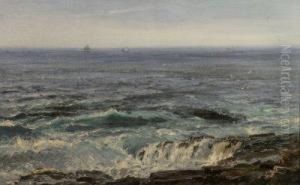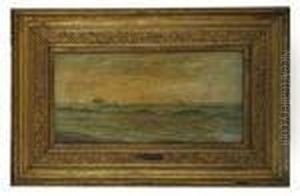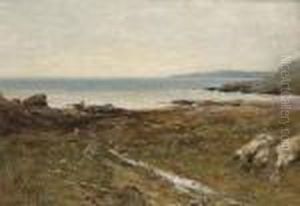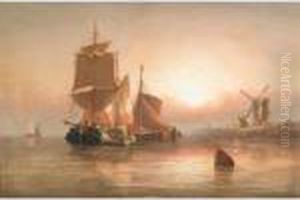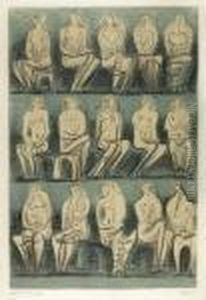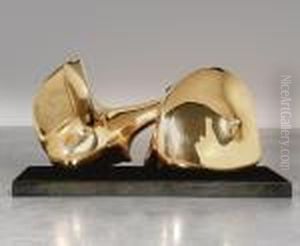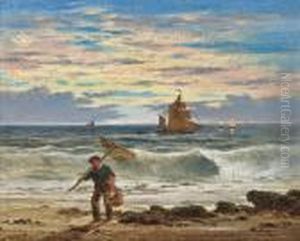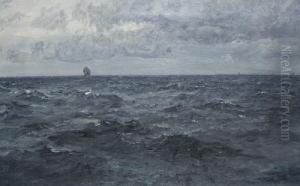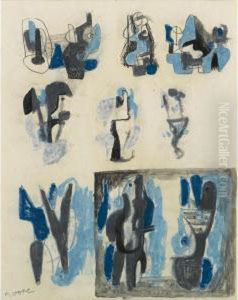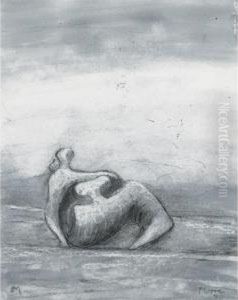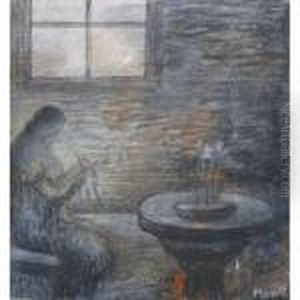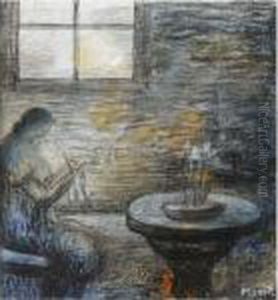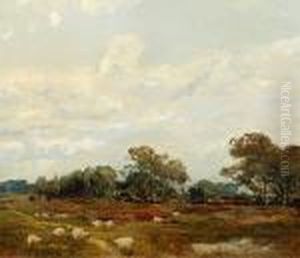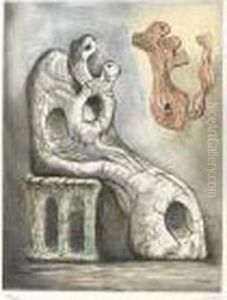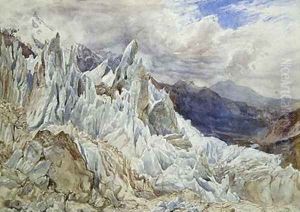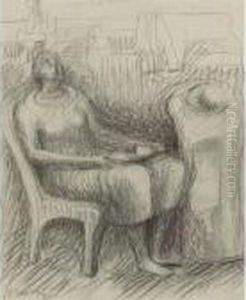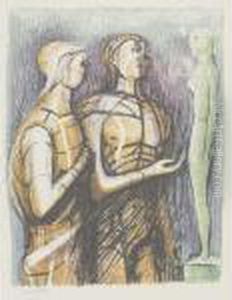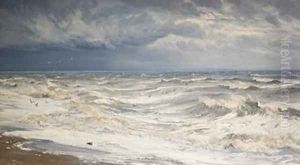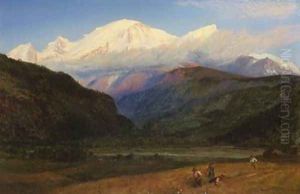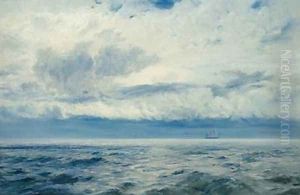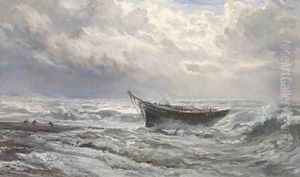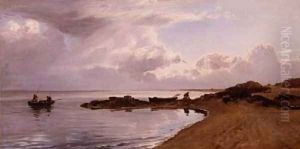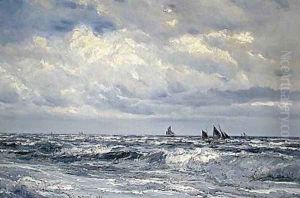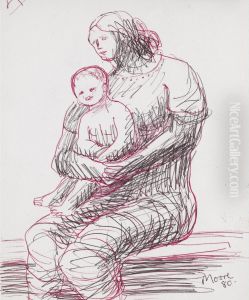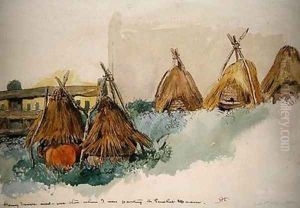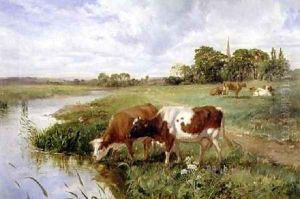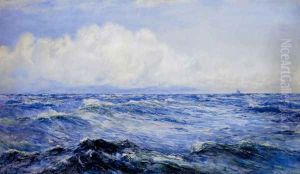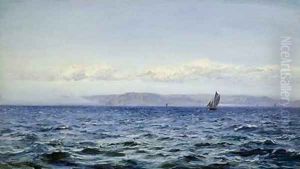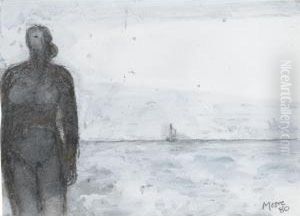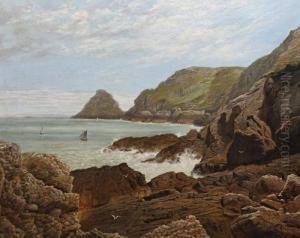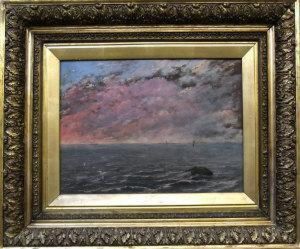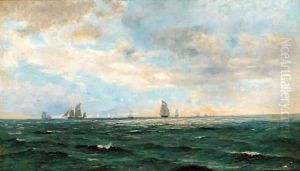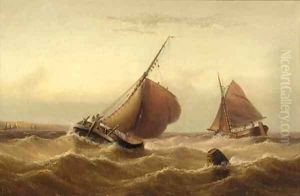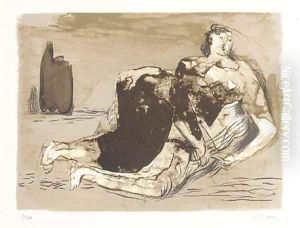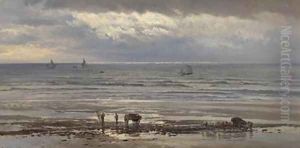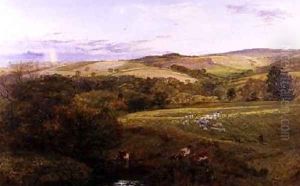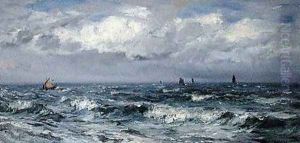Henry Moore Paintings
Henry Moore was a renowned British artist and sculptor, born on July 30, 1898, in Castleford, West Yorkshire, England. Known for his semi-abstract monumental bronze sculptures, which are located around the world as public works of art, Moore's work is characterized by his fascination with the human figure, particularly the female form, and the exploration of organic shapes and themes of motherhood, family, and nature. Moore grew up in a mining town and was the seventh of eight children. His father was a mining engineer who encouraged his children's education. Moore served in the British Army during World War I, which interrupted his education but after the war, he received an ex-serviceman's grant to attend Leeds School of Art, where he began sculpting. He later attended the Royal College of Art in London, where he was influenced by classical, pre-Columbian, and African art. His early work was aligned with the direct carving method, which was in opposition to the more traditional techniques of modeling or casting. Moore was part of a new wave of British sculptors who were interested in creating a new sculptural language. Throughout the 1930s and 1940s, his reputation grew, and he became internationally known for his abstract works, which often had holes or hollow spaces as a central feature. During World War II, Moore was commissioned as an official war artist, and he produced a series of drawings known as 'Shelter Drawings' that depicted Londoners taking refuge in the London Underground during the Blitz. These drawings are considered among his greatest achievements and contributed to his fame. After the war, Moore's sculptures became even larger and more abstract, often suggesting landscapes and natural forms as much as they did the human body. He established The Henry Moore Foundation in 1977 to promote public appreciation of the visual arts, especially sculpture, and it continues to support the arts and preserve Moore's legacy. Moore died on August 31, 1986, in Much Hadham, Hertfordshire, England. His work continues to influence contemporary sculpture and is held in high esteem by collectors, galleries, and the public. Moore's contributions to art have made him one of the most celebrated sculptors of the 20th century.
